Forming a synchronous underground space network
This is a concrete implementation step of the Capital Law 2024, opening up new development space for urban areas in depth, while creating a legal corridor to attract socialized investment resources into large-scale, multi-functional, and highly spillover underground infrastructure projects.
According to the Resolution, underground works encouraged for investment include: underground urban railway system, underground works serving urban traffic, underground technical works, public service works and synchronous connecting infrastructure. The focus is on the urban railway system with 8 underground lines with a total length of about 320.25 km, of which 81.2 km are underground with 68 underground stations out of a total of 191 stations.
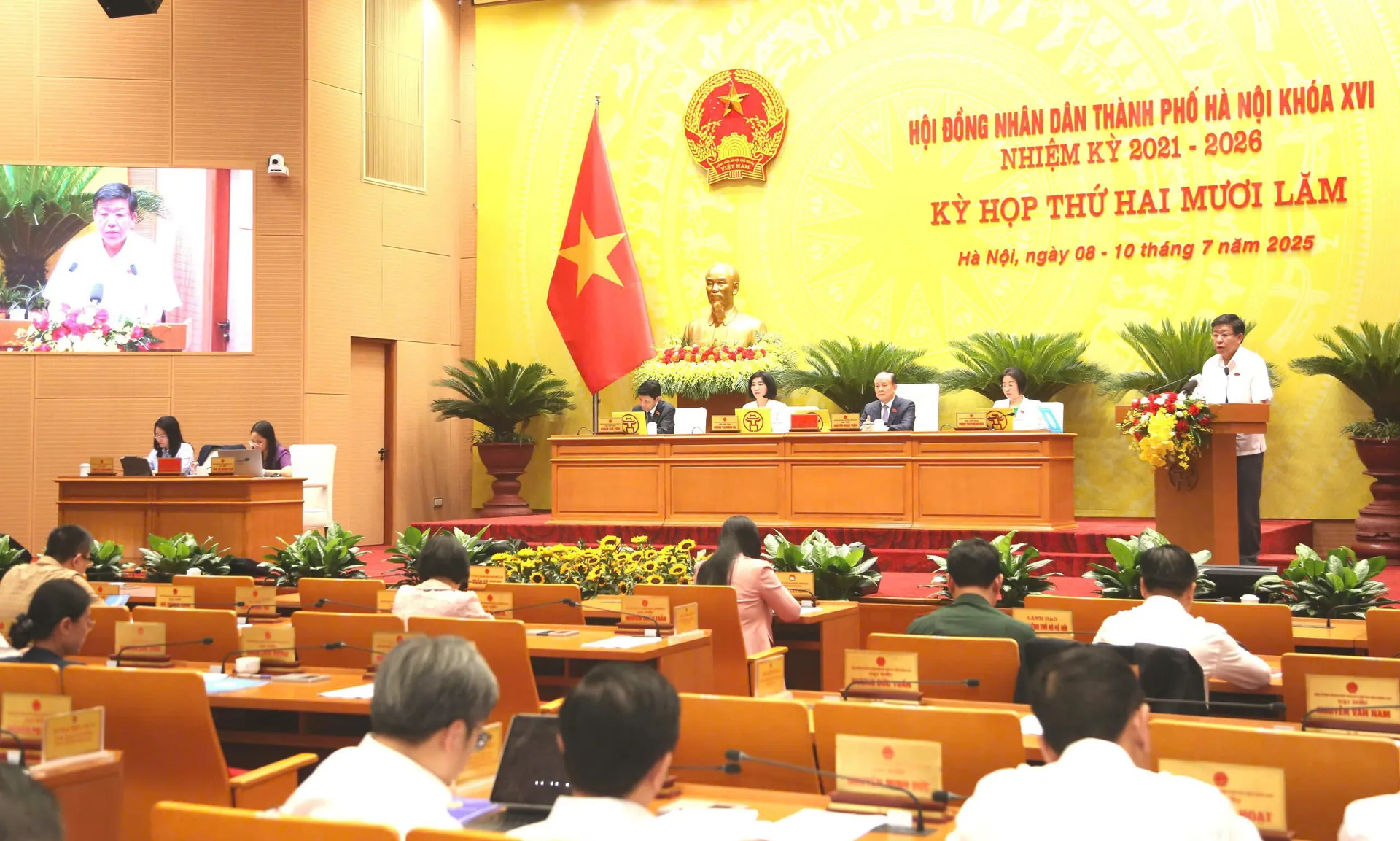 |
| Overview of the meeting on July 10. Photo: Pham Hung |
Along with that, the City also plans to invest in the construction of 85 other underground works such as 5 traffic tunnels, 78 underground parking lots and 2 public works; at the same time, deploy underground telecommunications cable systems, electricity and shared technical infrastructure on 95 streets.
The classification of underground works by functional groups is considered the basis for Hanoi to specify criteria, scale, and priority investment areas. From there, build appropriate incentive mechanisms, encourage implementation in the form of socialization, especially the public-private partnership (PPP) model.
The City People's Committee is assigned the responsibility of organizing the implementation of the Resolution, promoting communication, mobilizing social resources, periodically reviewing and adjusting the list in accordance with the needs and stages of urban development. At the same time, directing relevant departments and branches to develop detailed instructions and submit to competent authorities to issue specific incentive policies for each type of project.
Previously, presenting the Report to the City People's Council, Vice Chairman of the Hanoi People's Committee Duong Duc Tuan emphasized that the important legal basis for the issuance of this Resolution is from Clause 3, Article 19 of the 2024 Law on the Capital, a special legal document, just passed by the National Assembly on June 28, 2024 and effective from January 1, 2025.
The Law empowers the City People's Council to issue a list of underground works that are encouraged for investment and construction in order to create a breakthrough in planning, management and in-depth urban development. This is also a step to concretize the policy in Resolution No. 15-NQ/TW dated May 5, 2022 of the Politburo on the development of Hanoi Capital to 2030, with a vision to 2045.
Immediately after the Law on the Capital (amended) was promulgated, the Hanoi People's Committee deployed many detailed plans to prepare for implementation, including Plan No. 225/KH-UBND dated July 22, 2024, No. 264/KH-UBND dated September 4, 2024, No. 31/KH-UBND dated February 4, 2025 and Decision No. 4582/QD-UBND dated September 4, 2024.
The Hanoi Institute of Construction Planning was assigned to preside over and coordinate with the Department of Planning and Architecture, the Department of Construction, the Department of Transport (before reorganization) and the Urban Railway Management Board to develop the content of the Resolution, based on an assessment of the current situation, needs and the ability to deploy underground space in the new context.
Optimize space, increase connectivity
In practice, the historic and expanded inner city areas of Hanoi have almost no room for development on the surface, due to the high density of construction and population. The ground transportation network is seriously overloaded, especially at key intersections, while road expansion is facing many difficulties due to land clearance problems.
Technical infrastructure systems such as electricity, water, telecommunications, and drainage are currently scattered, overlapping, lacking connectivity, and unable to be effectively expanded on the ground. Localized flooding after heavy rains is increasingly common due to outdated drainage systems and no room for upgrading.
Meanwhile, the existing basements are mostly single, located in buildings, small-scale commercial centers, lacking connections to transport hubs, hospitals, schools or large shopping centers. This leads to waste of space resources and makes urban organization lack synchronization.
Faced with that reality, Hanoi determined the need to develop multifunctional urban underground space, serving synchronous connections between metro lines, buses, pedestrian tunnels, shopping centers, parking lots and cultural and sports facilities.
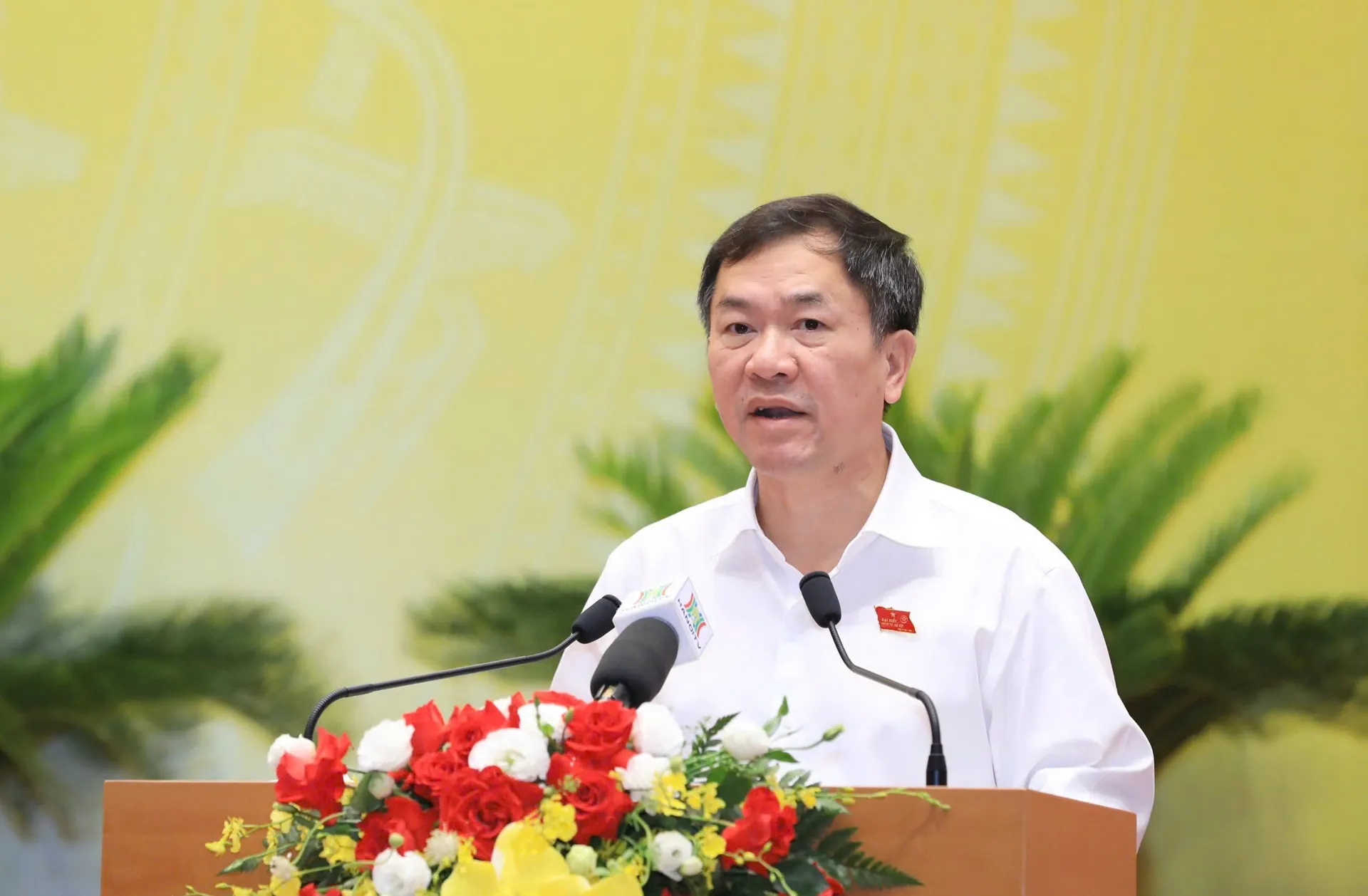 |
| Mr. Dam Van Huan, Head of the Urban Committee of the City People's Council. Photo: Pham Hung |
The review report of the Urban Committee of the City People's Council presented by Mr. Dam Van Huan, Head of the Urban Committee of the City People's Council, affirmed that the issuance of the List is an urgent requirement, meeting the demands for sustainable urban development in the context of increasingly limited land funds on the ground. Investing in underground works will contribute to reducing traffic congestion, limiting flooding, increasing public space and parking lots in the inner city. At the same time, this is also a strategic solution to upgrade the urban technical system in a synchronous, smart and modern direction.
Notably, the trend of underground urban development has been implemented early in many major cities in the world such as Tokyo, Seoul, Singapore, Paris, etc. These cities have all built a list of underground works for investment priority, linked to the overall planning of traffic, technical infrastructure and public services, bringing about clear economic and social efficiency.
Hanoi has been making efforts to learn and flexibly apply this development model to create a breakthrough in sustainable urban development, enhance competitiveness and adapt to climate change. The synchronous implementation of underground construction portfolio, together with preferential policies and mobilization of non-budgetary capital will contribute to promoting in-depth infrastructure investment, thereby expanding development space without having to expand administrative area.
Source: https://baodautu.vn/khong-gian-ngam-tro-thanh-dong-luc-moi-cho-phat-tien-do-thi-ha-noi-d327992.html


![[Photo] Flooding on the right side of the gate, entrance to Hue Citadel](https://vphoto.vietnam.vn/thumb/1200x675/vietnam/resource/IMAGE/2025/10/28/1761660788143_ndo_br_gen-h-z7165069467254-74c71c36d0cb396744b678cec80552f0-2-jpg.webp)



![[Photo] Draft documents of the 14th Party Congress reach people at the Commune Cultural Post Offices](https://vphoto.vietnam.vn/thumb/1200x675/vietnam/resource/IMAGE/2025/10/28/1761642182616_du-thao-tai-tinh-hung-yen-4070-5235-jpg.webp)
![[Photo] National Assembly Chairman Tran Thanh Man received a delegation of the Social Democratic Party of Germany](https://vphoto.vietnam.vn/thumb/1200x675/vietnam/resource/IMAGE/2025/10/28/1761652150406_ndo_br_cover-3345-jpg.webp)
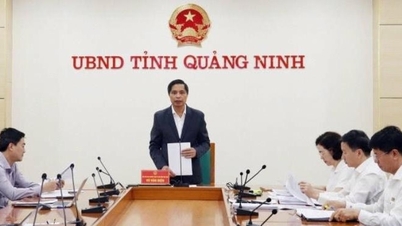

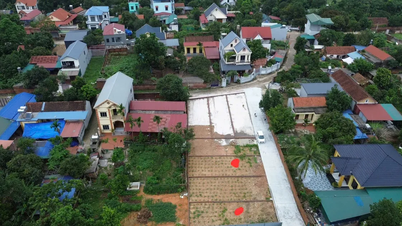





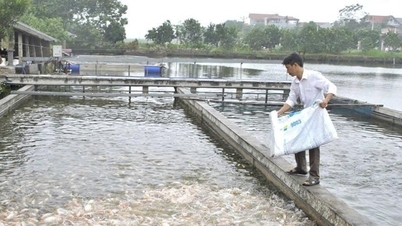


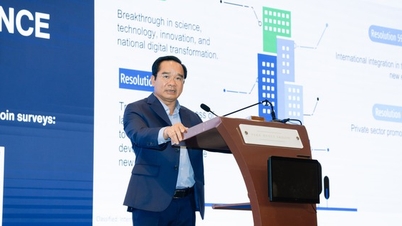

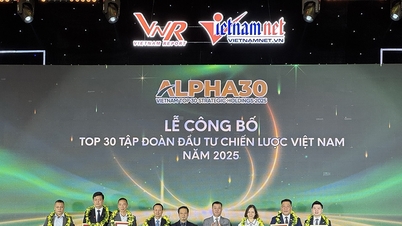

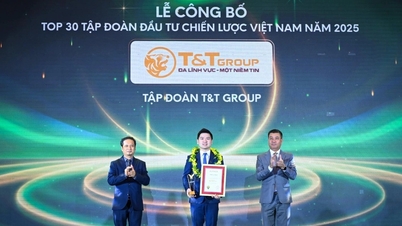

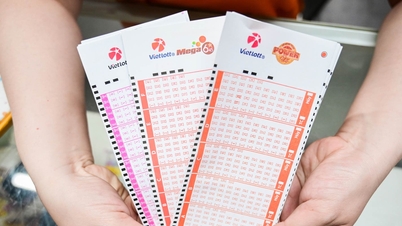
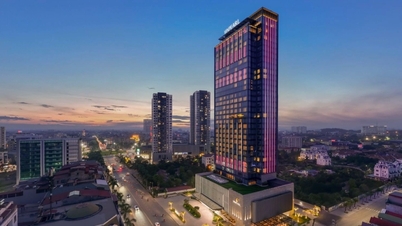
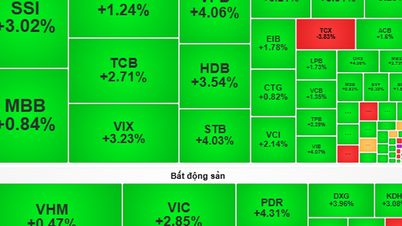




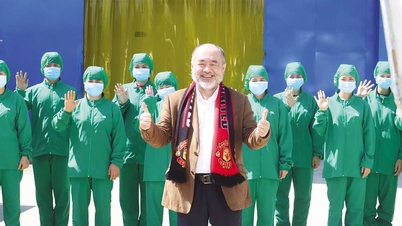

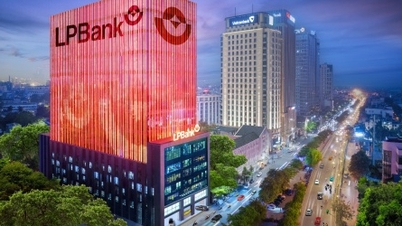

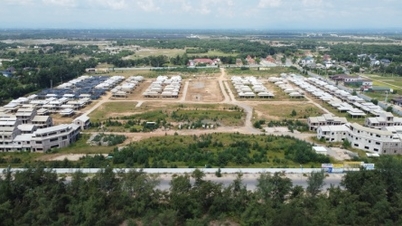

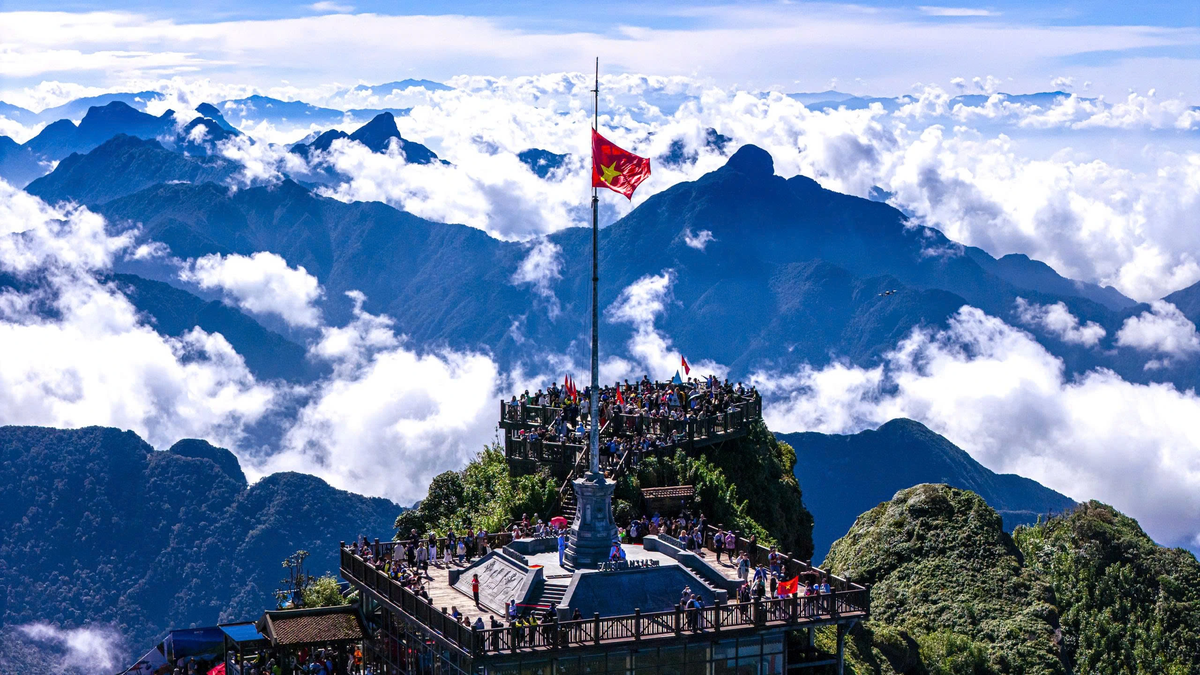
![[Photo] President Luong Cuong attends the 80th Anniversary of the Traditional Day of the Armed Forces of Military Region 3](https://vphoto.vietnam.vn/thumb/1200x675/vietnam/resource/IMAGE/2025/10/28/1761635584312_ndo_br_1-jpg.webp)
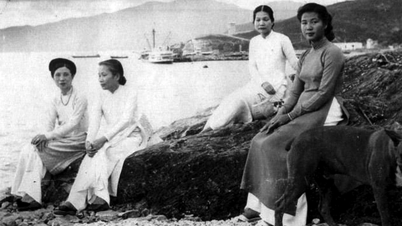

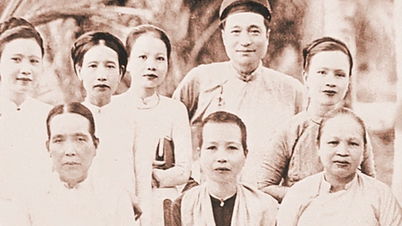
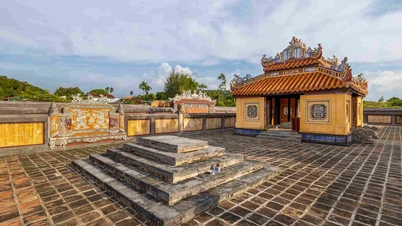


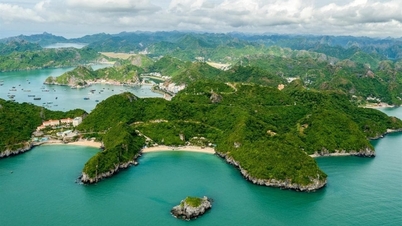




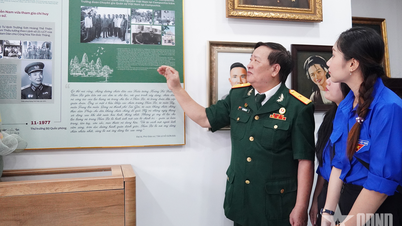








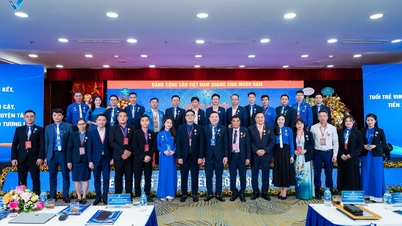

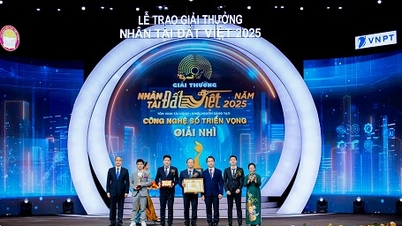
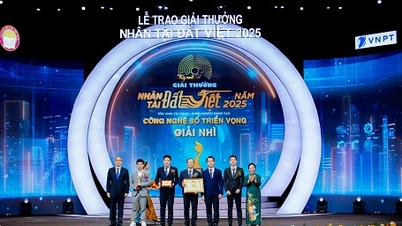

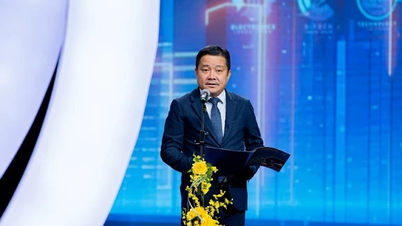
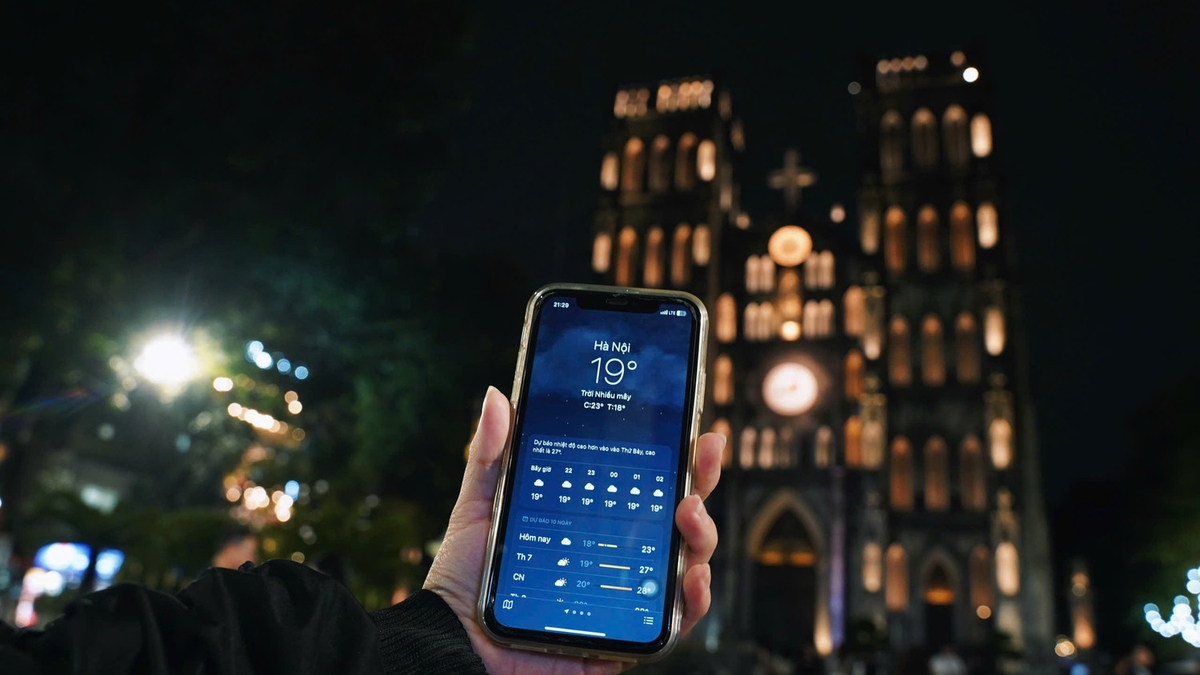





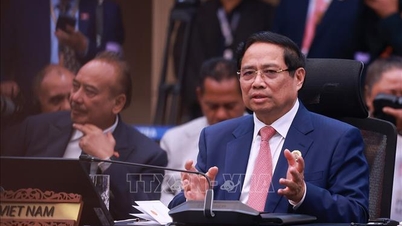

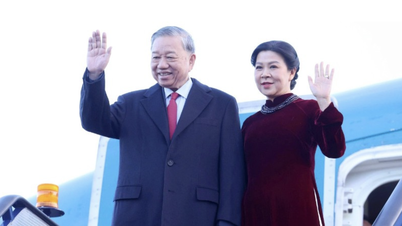



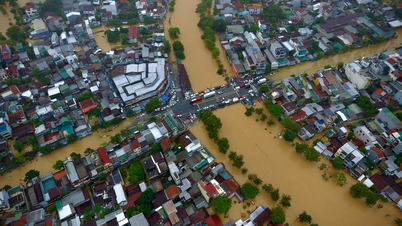


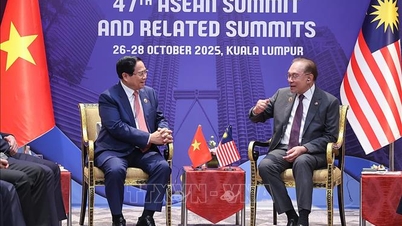

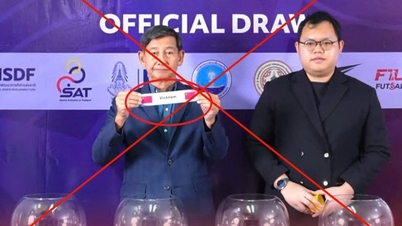

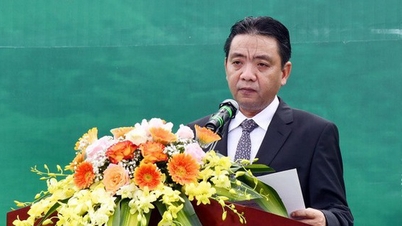
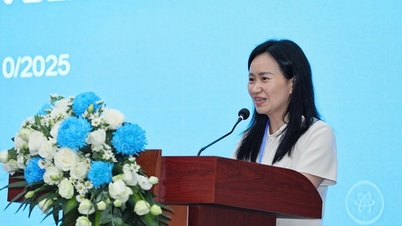

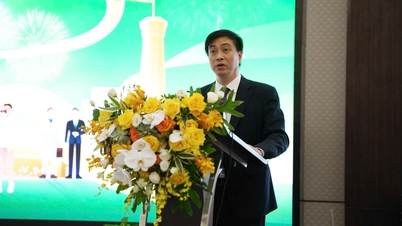


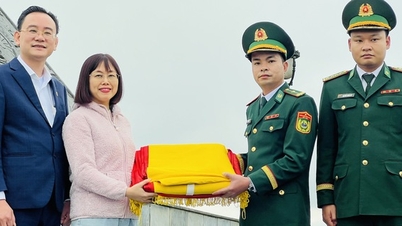
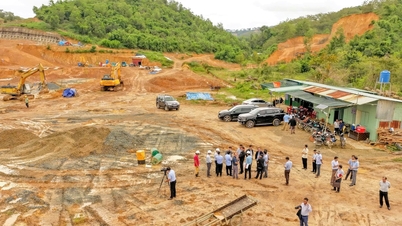





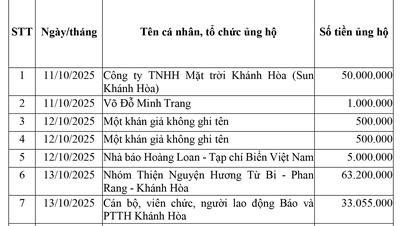

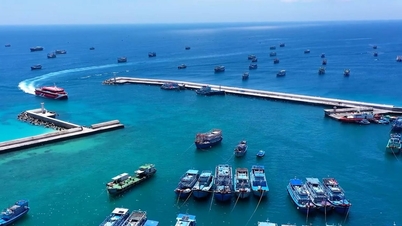















Comment (0)